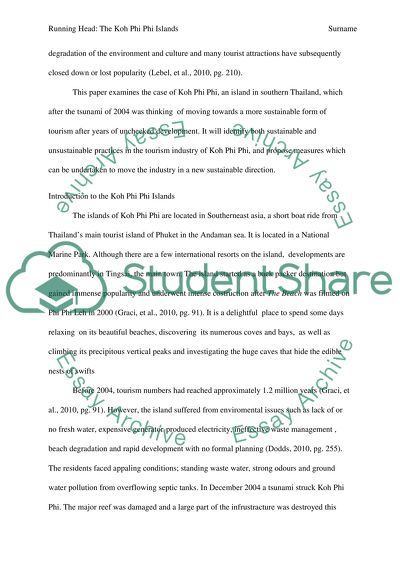Cite this document
(“The Koh Phi Phi Islands Essay Example | Topics and Well Written Essays - 2500 words”, n.d.)
Retrieved from https://studentshare.org/tourism/1435029-unsustainable-tourism-in-koh-phi-phi-thailand
Retrieved from https://studentshare.org/tourism/1435029-unsustainable-tourism-in-koh-phi-phi-thailand
(The Koh Phi Phi Islands Essay Example | Topics and Well Written Essays - 2500 Words)
https://studentshare.org/tourism/1435029-unsustainable-tourism-in-koh-phi-phi-thailand.
https://studentshare.org/tourism/1435029-unsustainable-tourism-in-koh-phi-phi-thailand.
“The Koh Phi Phi Islands Essay Example | Topics and Well Written Essays - 2500 Words”, n.d. https://studentshare.org/tourism/1435029-unsustainable-tourism-in-koh-phi-phi-thailand.


